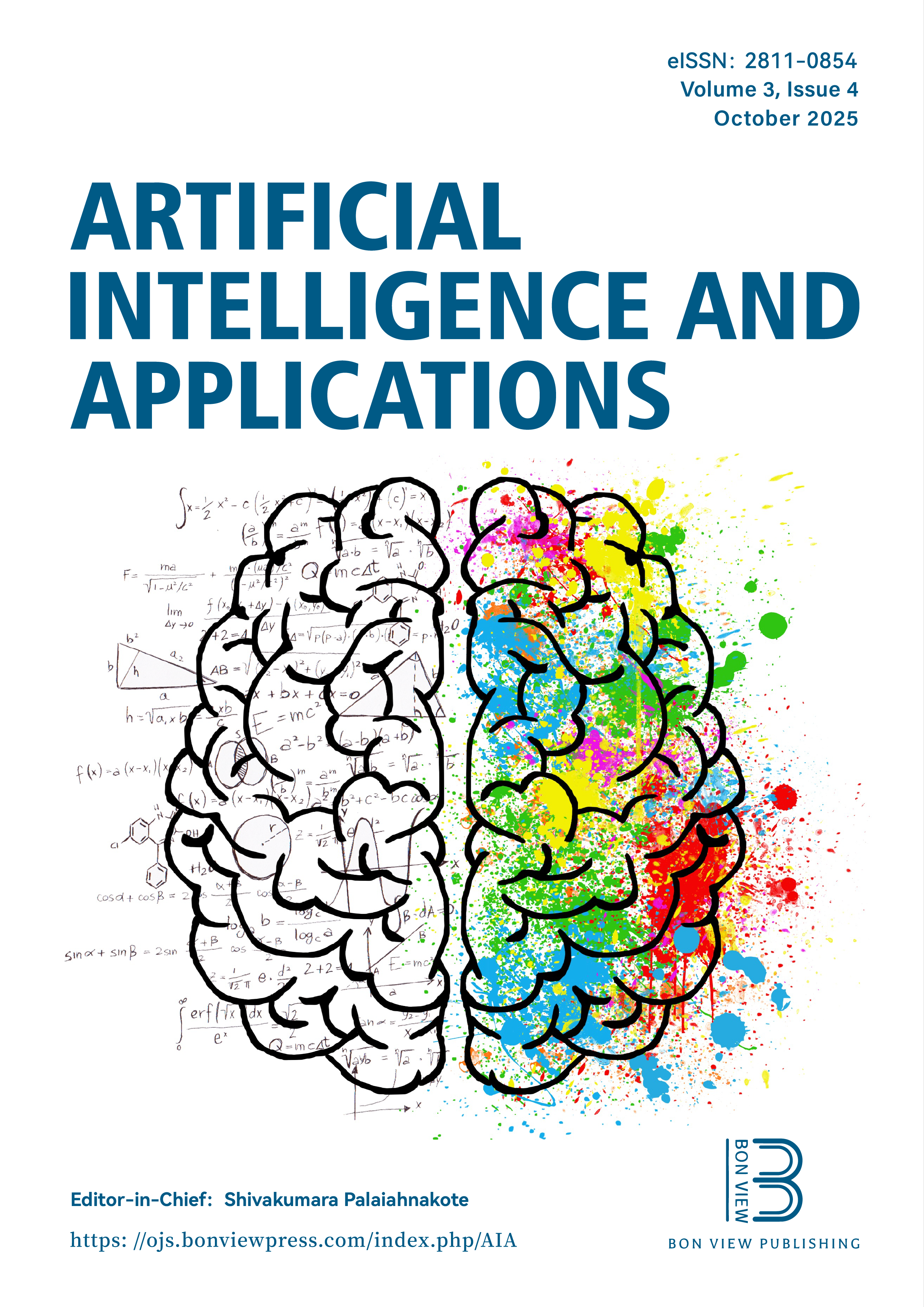Winds of Change: Enhancing Wind Power Generation Forecasting with LSTM Models and Advanced Techniques in a Single-Turbine Wind Farm
DOI:
https://doi.org/10.47852/bonviewAIA42021106Keywords:
energy, forecasting, performance, prediction, windAbstract
This paper presents a detailed study on wind power forecasting using a long short-term memory (LSTM) model for single turbine wind farm. The research integrates technical modeling, predictive modeling, and heat map analysis to improve forecasting accuracy. Wind power is predicted based on current weather conditions and historical data using multivariate time series forecasting with LSTM, implemented via the Keras-library. Various look-back values are tested to enhance prediction precision. With a 70% training and 30% testing split, the model achieves an MSE of 27.781, RMSE of 5.271, MAE of 3.281, and variance of 0.886. A 60% training and 40% testing split slightly improves performance. During the prediction phase, the LSTM model forecasts power output without future weather inputs. Optimal look-back periods and neuron numbers are identified, resulting in MAPEs of 11.433% and 11.158% for 24 and 48 h of data, respectively. Optimization techniques, including adjustments to batch size, normalization, and the addition of dense layers, further improve forecasting accuracy. Notably, MAPE decreases from 92.53% to 87.14% in a monthly prediction scenario. Forward predictions for 24 h, 2 days, and 1 week result in MAPEs of 70.74%, 39.26%, and 51.48%, respectively. Additionally, a comparison of two LSTM-based models autoencoder-LSTM and FFT-encoder-decoder LSTM shows that the latter offers superior performance. This study demonstrates the strong potential of LSTM models for power forecasting and introduces innovative strategies for optimizing model performance. The combined use of technical and predictive models, heat map analysis, and LSTM architecture contributes significantly to the advancement of wind power prediction methodologies.
Received: 22 May 2023 | Revised: 9 October 2023 | Accepted: 1 March 2024
Conflicts of Interest
The authors declare that they have no conflicts of interest to this work.
Data Availability Statement
Data sharing is not applicable to this article as no new data were created or analyzed in this study.
Author Contribution Statement
Abdel Ali Mana: Conceptualization, Methodology, Software, Formal analysis, Investigation, Resources, Data curation, Writing – original draft, Visualization. Abdelmajid Jamil: Conceptualization, Validation, Writing – review & editing, Supervision, Project administration. Kamar Ouazzani: Conceptualization, Validation, Writing – review & editing, Supervision, Project administration. Writing – review & editing, Supervision, Project administration.
Downloads
Published
Issue
Section
License
Copyright (c) 2024 Authors

This work is licensed under a Creative Commons Attribution 4.0 International License.






